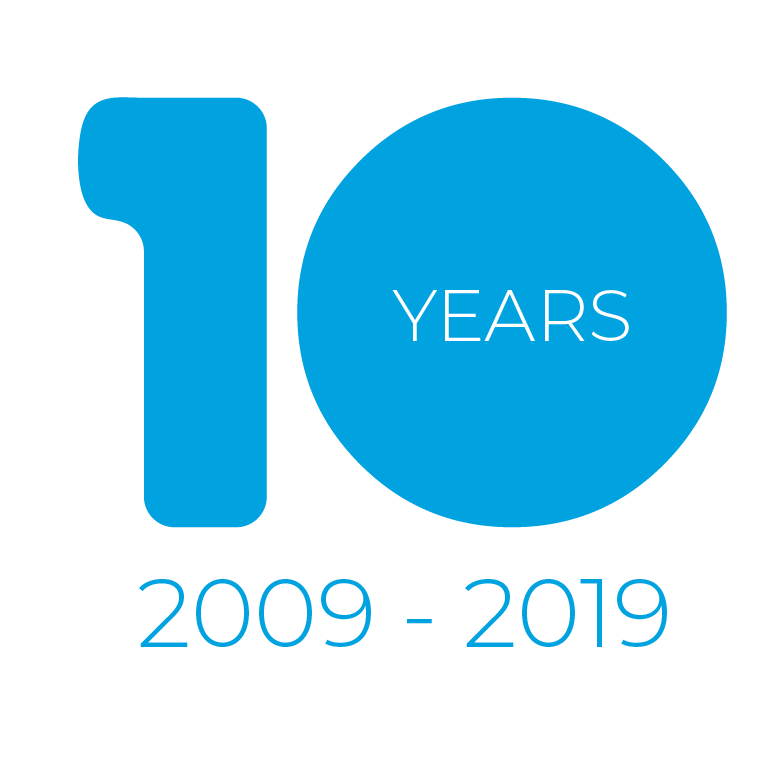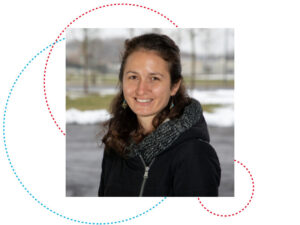Liz Martínez Marrero Wins Best Student Paper Award for Work Applying Precoding to Distributed Satellites.
Satellite precoding, a technique being developed by SnT’s SigCom team, is positioned to revolutionise satellite communications. The technique allows multiple transmissions to be sent on the same signal, figuratively piggybacking them one on top of the other. This allows a much larger bandwidth to be used to transmit the signal and will significantly improve connection speeds. The technology is built on a technique called ‘precoding’, which allows for interference on the frequency in use to be cancelled out.
The impact of this precoding technique will be enormous. ‘It will dramatically increase the amount of information any single satellite can transmit,’ says Liz Martínez Marrero, a PhD candidate at SnT who is working on the project. Liz’s work within this project focuses on the hardware used to broadcast satellite signals, including the new precoded signals. ‘Part of the appeal of this method is that it does not depend on hardware updates. There’s no need to launch any new satellites, which would be very expensive, or even to update the hardware here on Earth. And that’s what my recent paper ‘Effects of multiple oscillator phase noise in precoding performance’ helped to confirm.’ In fact, her paper was recently presented at the 37th International Communications Satellite Systems Conference where it won the conference’s Best Student Paper Award.
‘It is always nice to receive this sort of acknowledgement from your peers in the field,’ continues Martínez Marrero. ‘But within the context of a project like this, which could have such a widespread impact on the future of the whole satellite communication field, it is particularly exciting.’ Her paper found that while the transmitter’s independent oscillators do degrade the signal’s performance, the precoding technique is capable of effectively compensating for that degradation. ‘This is important because it means not only that it is possible to transmit from existing satellites, but also that even if we use groups of different satellites cohesively as distributed satellite networks, the precoding technique remains effective,’ says Martínez Marrero.
The efficacy of the precoding method for distributed satellite networks is essential to the viability of the technique in the future. Distributed satellites can achieve stronger signals, which would mean better connection speeds on earth, and they do this while using smaller, more economical hardware. ‘Distributed networks use smaller satellites, but more of them. And they are then used cohesively, with a much bigger result,” says Liz. ‘The next step in my research is to continue investigating other potential barriers to implementing distributed satellite networks.’

SnT is turning 10! We’ve come a long way since launching our activities in 2009. Stay tuned for a year full of celebrations, cutting-edge research, and new milestones.
OVER 40 INDUSTRY PARTNERS | MORE THAN 70 EUROPEAN PROJECTS | 103 GRADUATED PHDS | 4 SPIN-OFFS
